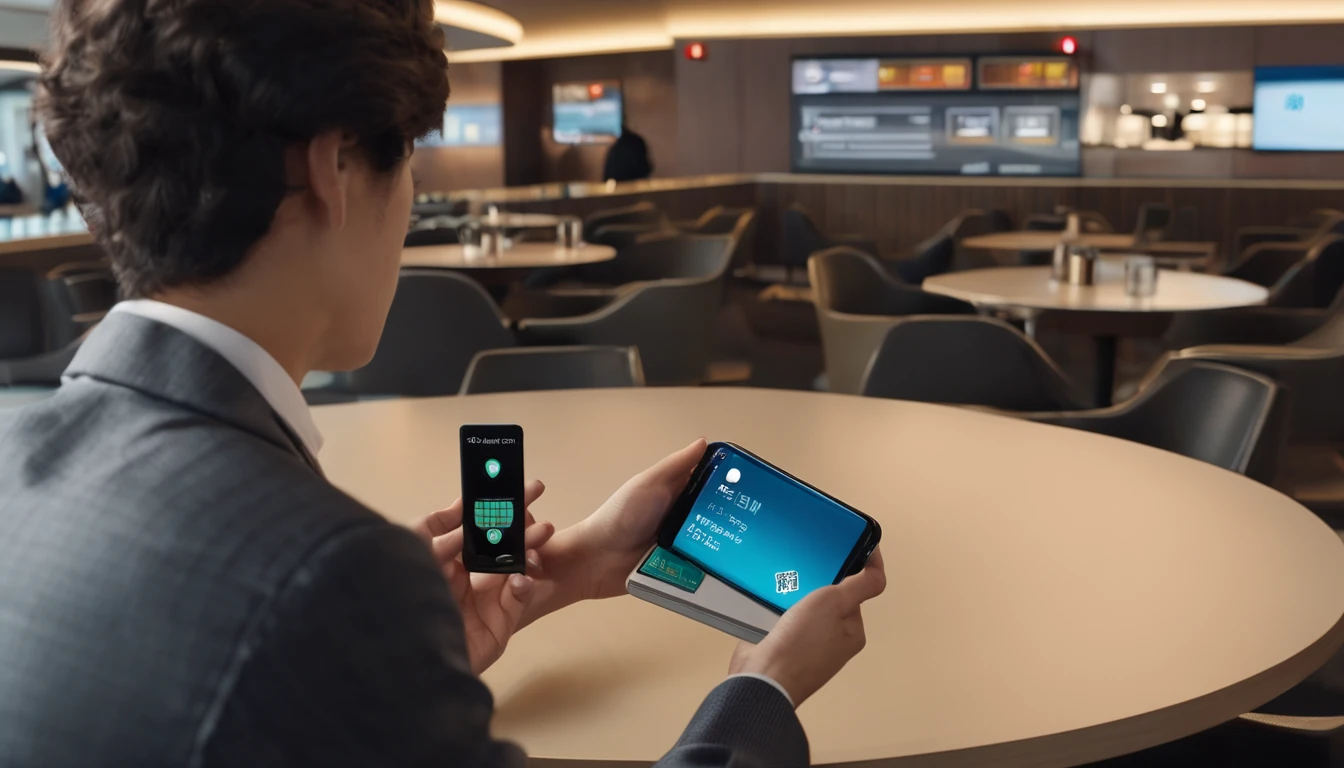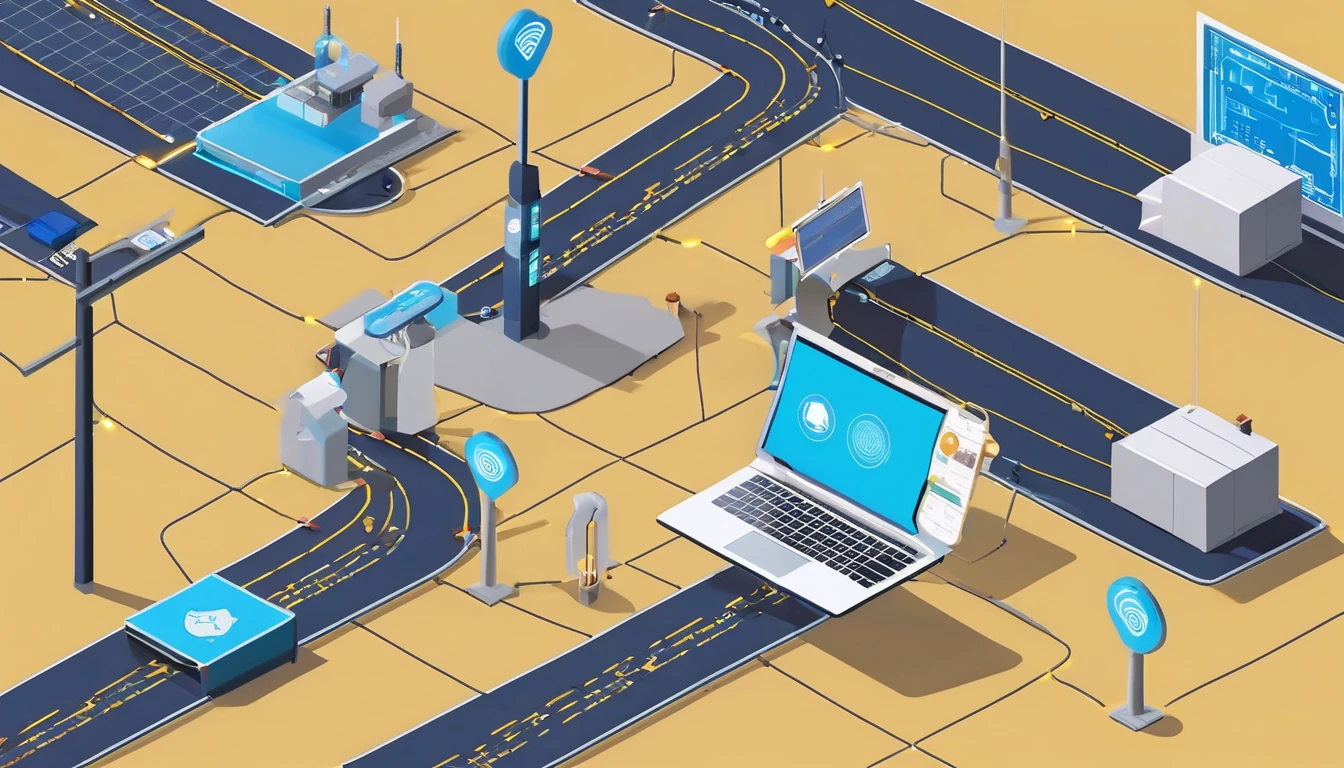Moving country is exciting and admin-heavy. Your phone setup shouldn’t be the bottleneck. This playbook is your first 30-day guide to connectivity: land with instant data, pass eKYC to get a local number, keep your banking OTPs flowing, and decide what to do with your existing number. The short version: use an arrival eSIM for expats for day-one data and calls via apps, then transition to a local SIM once you’ve cleared identity checks and have an address. Along the way, make smart use of OTT apps and (optionally) a VoIP number for continuity. We’ll show you how to hand off cleanly, avoid number-porting headaches, and set yourself up so utilities, HR systems, and banks accept your phone number on the first try. If you’re relocating with a family or as part of a corporate move, the same steps apply—just scale the checklists and keep all ICCIDs and IDs organised.
The 30‑Day Game Plan at a Glance
- Days 0–3: Install a travel eSIM before you fly. Land with data, navigation, and app calls working. Keep your home SIM active for OTPs.
- Days 3–14: Clear eKYC and buy a local prepaid SIM (or eSIM). Prioritise SMS reliability for banks and utility sign-ups.
- Days 7–21: Handoff: set the local SIM as default for calls/SMS, keep the travel eSIM as backup data. Update critical accounts.
- Days 14–30: Decide on number porting (home number to VoIP or local carrier) and lock in long-term plans.
- Ongoing: Use OTT apps smartly, maintain a backup data option, and document your 2FA methods.
Pro tip: Use dual-SIM settings to keep control—one line for data, the other for voice/SMS—until you’re fully settled.
Step 1: Land Ready with a Travel eSIM (Days 0–3)
A travel eSIM gives you instant data on arrival without hunting for a shop. It’s the best start for navigation, temporary accommodation check-ins, and messaging.
- Where to buy: Browse regional and country packs on Destinations, including Esim Western Europe, Esim North America, or singles like Esim United States, Esim France, Esim Italy, and Esim Spain.
- Why eSIM first: No paperwork, immediate activation, predictable costs, and you keep your home SIM in the device for OTPs and critical calls.
Checklist: Before you fly 1) Check your phone’s eSIM compatibility and carrier lock status. 2) Purchase and install the eSIM profile (QR or in-app) while you still have Wi‑Fi. 3) Set the travel eSIM as your mobile data line; turn off data roaming on your home SIM. 4) Test: open maps, send a message, and confirm your home line can still receive SMS. 5) Pack a paper copy or screenshot of the eSIM QR in case you need to re-add it.
Pro tips: - Keep your home SIM active for banking OTPs and account access. - WhatsApp keeps your existing number unless you explicitly change it; you can use data from the travel eSIM with WhatsApp tied to your home number.
Step 2: Tackle eKYC and Buy a Local SIM (Days 3–14)
You need a local number for banks, employers, and utilities. In many countries, SIMs are registered (eKYC), so you’ll be asked for ID and sometimes proof of address or a tax ID.
What to expect by region (common patterns, specifics vary): - France: ID required for SIM registration; postpaid often needs an IBAN and local address. - Spain: Passport/NIE for registration; prepaid easiest for newcomers. - Italy: Passport plus Codice Fiscale (tax code) commonly requested; keep your SIM packaging. - United States: Prepaid requires ID at point of sale in some states; postpaid usually needs a credit check and SSN/ITIN. Consider prepaid initially.
Choosing the right product: - Start with prepaid to avoid credit checks and long contracts. - Ensure the plan includes SMS (for OTPs) and enough data. Voice minutes are useful for local calls to landlords, HR, and utilities. - Ask for an eSIM if your device supports it; otherwise, a physical SIM is fine.
Shop visit checklist 1) Bring your passport and any local identifiers (e.g., address proof, Codice Fiscale, NIE) if you have them. 2) Choose prepaid with 10–20 GB data, unlimited local SMS, and minutes. 3) Activate in-store and have them place a test call and send/receive an SMS. 4) Save the contract/receipt and the ICCID (SIM number) for future porting.
Pro tips: - Test OTPs: send yourself an SMS from another line or ask the shop to verify incoming SMS. Reliability trumps price early on. - If you’re moving across multiple Schengen countries, consider Esim Western Europe to bridge until your local line is set.
Step 3: Handoff—Move Data and Services to the Local Line (Days 7–21)
Once your local SIM works, shift critical services gradually.
Dual-SIM handoff (iOS/Android) 1) Set your local SIM as the default for Voice and SMS. 2) Keep your arrival eSIM as the default Data line for a few days while you test local network quality; then switch Data to the local SIM. 3) Disable data on your home SIM to avoid roaming charges, but keep it active for remaining OTPs until you update your accounts. 4) Label lines clearly in settings (e.g., “Local” and “Home/Travel”).
Update critical accounts - Banks: change your registered number to the local SIM only after confirming SMS reliability. - Government, health, and tax portals: often require a local number—schedule these updates once you have stable reception at home. - Messaging apps: confirm which number each app is using.
Pro tip: Move services in layers—banking first, then utilities, then everything else—so you always have a fallback line for OTPs.
Step 4: Number Porting—Keeping or Moving Your Old Number
Decide what to do with your home-country number and any temporary numbers you’ve acquired.
Common scenarios - Keep home number for inbound only: Park it with a VoIP/virtual number provider for low-cost roaming reception and voicemail-to-email. - Fully move: Port your home number to a VoIP provider you can use globally, or port into a local carrier if you’re permanently relocating and want to keep the number active for inbound calls from home. - Port a temporary local number to your preferred local carrier after you pick a long-term plan.
General porting rules - Do not cancel the line you’re porting; it must be active. - Gather required identifiers: account number, port-out PIN, ICCID, or country-specific codes. - Expect a short downtime window (usually minutes to a few hours) during the cutover.
Country notes (practical specifics) - France: Obtain your RIO code by calling 3179 from the line you want to port. Provide RIO to the new operator; porting usually completes in 1 working day. - Spain: Porting typically completes in 1–2 working days; bring ID and the SIM’s ICCID. Night-time cutovers are common to minimise disruption. - Italy: Have your Codice Fiscale and current SIM ICCID. Prepaid-to-prepaid ports are common and usually smooth in 1–3 days. - United States: You’ll need the account number and port-out PIN (different from your login PIN). Prepaid accounts sometimes require a special porting PIN requested via SMS.
Pro tips: - Schedule ports mid-week, early in the day, and avoid public holidays. - Keep both SIMs inserted during the port so you can detect when the old line goes inactive and the new one activates.
OTPs, Banking and Utilities: Make Them Work First Time
Banks and services can be strict about which numbers they accept.
- OTP reality: Many banks reject VoIP numbers for SMS 2FA. Use a local mobile number for the update.
- App-based 2FA: Where available, switch to app-based authenticators or push approvals; these are number-agnostic and travel well.
- Utility sign-ups: Energy, broadband, and mobile wallets often send verification codes. Use your local SIM and ensure it has weekday reception where you live.
Practical flow 1) Keep your home SIM active for initial banking access. 2) Once your local line is tested, update your bank profile to the local number. 3) Switch services that allow app-based 2FA to an authenticator app. 4) Document which services still rely on SMS so you know to keep that line active.
Pro tip: Add a secondary recovery method (email or backup codes) wherever possible before you travel.
OTT Apps and Virtual Numbers for Continuity
Messaging and calling apps can smooth your move—but use them intentionally.
- WhatsApp: You can keep your home number for WhatsApp while using local data. If you prefer to switch, use WhatsApp’s “Change Number” to migrate chats and groups.
- Telegram/Signal: Similar flexibility; both can run on a device with data from any SIM.
- VoIP/virtual numbers: Great for inbound calls from your home country and for publishing a stable contact when you might change SIMs. However, don’t rely on VoIP for banking OTPs, as many institutions block them.
- Business users: Consider a cloud telephony setup so your team line stays stable during relocation. See For Business for options that scale across teams.
Pro tip: Label your contacts to reflect where they should call you (e.g., “Call on WhatsApp” vs “Call mobile”) during your transition month.
Country Snapshots and eSIM Picks
- France: Start with Esim France, then switch to a local prepaid with strong SMS reliability for banking. Remember the RIO process for porting.
- Italy: Use Esim Italy while you get your Codice Fiscale and address sorted. Porting usually needs the ICCID; keep packaging.
- Spain: Esim Spain covers arrival; many services expect a Spanish mobile for onboarding—prepaid is the quickest path.
- United States: Esim United States for landing; consider prepaid first, then postpaid once you have credit history. Ports need account number and port-out PIN.
- Multi-country: If you’re doing side trips or moving within the region, use Esim Western Europe or Esim North America during your first month.
For other countries and bundles, head to Destinations.
Common Pitfalls to Avoid
- Cancelling before porting: Never cancel a number you plan to port.
- OTP dead-ends: Updating a bank to a VoIP number that can’t receive their OTPs.
- Wrong default line: Accidentally using data on your home SIM and incurring roaming fees—double-check defaults.
- Losing the ICCID: You’ll need it for support and porting; photograph SIM packaging.
- eSIM transfer surprises: Some devices limit eSIM transfers; keep your eSIM activation details safe.
- Over-optimising too early: Keep the travel eSIM until your local setup is bulletproof.
Checklist: Your First 30 Days
- Before travel:
- Buy and install an arrival eSIM; test data.
- Label lines and disable home SIM data roaming.
- List critical services needing 2FA.
- Days 0–3:
- Land and verify connectivity.
- Keep home SIM ready for OTPs.
- Days 3–14:
- Complete eKYC and buy a local prepaid SIM/eSIM.
- Test inbound/outbound SMS and a local call.
- Start updating banks and essential services.
- Days 7–21:
- Set local SIM as default for calls/SMS, then for data.
- Migrate services to app-based 2FA where possible.
- Decide on porting strategy for your home number.
- Days 14–30:
- Execute number port(s) if needed.
- Pick a long-term local plan.
- Keep the travel eSIM active as a backup until you’re fully stable.
FAQ
- Is an eSIM for expats enough for the whole first month?
- Often yes for data and OTT calls, but many banks/utilities require a local mobile number for SMS verification. Plan to add a local SIM within 1–2 weeks.
- Will changing my SIM affect WhatsApp?
- No, WhatsApp stays tied to the number you registered with until you use “Change Number.” You can use local or travel data regardless.
- Can I use a VoIP number for bank OTPs?
- Frequently not. Many banks block VoIP. Use a local mobile number for reliable OTP delivery and keep an app-based authenticator as backup.
- How long does number porting take?
- Typically 1–3 working days, with a short downtime window during the cutover. France often completes in 1 day (with RIO); Spain/Italy 1–2 days; the U.S. depends on your carrier and account type.
- Do I need local ID to buy a SIM?
- In many countries, yes. Prepaid usually has the lightest requirements. Bring your passport and any local identifiers you have (address proof, tax codes).
- What if my phone doesn’t support eSIM?
- Buy a physical SIM on arrival and follow the same handoff steps. You can still keep your home SIM in a dual-SIM phone, or carry it and swap as needed.
Next step: Choose your arrival plan and install it before you fly. Start with Destinations to pick the right eSIM for your first 30 days.




